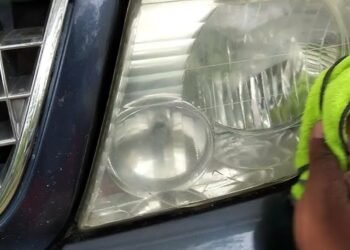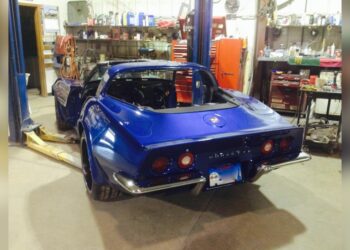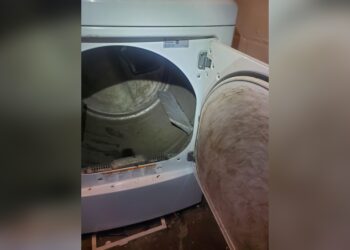Is your Ford F150 seat heater not working when you need it most? It’s frustrating to sit in a cold seat, especially during chilly mornings or long drives.
You might wonder if it’s a simple fix or a costly repair. The good news is, many seat heater problems come from common issues that you can identify and sometimes fix yourself. You’ll discover the main reasons why your Ford F150 seat heater might have stopped working, easy steps to troubleshoot the problem, and when it’s best to call a professional.
Keep reading to get your seat heater warm and cozy again without the guesswork.

Credit: www.youtube.com
Common Causes
Ford F150 seat heaters stop working mainly due to electrical or mechanical problems. These issues prevent the heating system from warming the seats properly. Knowing the common causes helps identify the problem faster. This saves time and avoids unnecessary repairs.
Below are the most frequent reasons why your Ford F150 seat heater may fail.
Blown Fuse
A blown fuse is the simplest cause of seat heater failure. Fuses protect the electrical circuit from too much current. If the fuse blows, the seat heater loses power. Replace the fuse with the right type and amperage. Check the fuse box location in your owner’s manual.
Faulty Heating Element
The heating element inside the seat can break or wear out. Thin wires in the element may snap from regular use. When the element fails, no heat is produced. Repair or replacement of the heating element is necessary to fix this issue.
Loose Or Burnt Connectors
Connectors under the seat carry electricity to the heating system. Movement and heat can loosen or burn these connectors. Loose connections stop the power flow. Burnt connectors cause safety hazards and require replacement. Always inspect connectors for damage or corrosion.
Faulty Control Module
The control module manages the seat heater’s functions. It acts like the system’s brain. If the module malfunctions, the heater may not turn on or respond properly. Testing or replacing the control module can restore normal operation.
Worn Switch
The switch you use to turn on the seat heater can wear out over time. Dirt, moisture, or repeated pressing can damage the switch. A worn switch may fail to send signals to the control module. Replacing the switch often solves this problem.
Fuse Check
Checking the fuse is the first step when your Ford F150 seat heater stops working. A blown fuse can cut power to the heating system, causing failure. This section guides you through finding and replacing the fuse safely. Follow each step carefully to restore your seat heater’s function.
Locate Fuse Box
Start by finding the fuse box in your Ford F150. Most models have a fuse box under the dashboard on the driver’s side. Another fuse box may be in the engine compartment. Use your owner’s manual to see the exact location. The fuse box cover usually has a diagram showing the fuses inside.
Identify Heated Seat Fuse
Look at the fuse box diagram to find the heated seat fuse. The fuse may be labeled as “Seat Heater,” “Heated Seats,” or similar. Check the amperage rating listed on the diagram and match it with the fuse. A blown fuse will have a broken metal strip inside.
Replace Blown Fuses
Remove the blown fuse carefully using fuse pullers or tweezers. Replace it with a new fuse of the same amperage rating. Do not use a fuse with a higher rating; it can cause damage. After replacing, test the seat heater to see if it works. If the fuse blows again, seek professional help.
Inspect Connectors
Inspecting the connectors is a key step in fixing Ford F150 seat heater problems. Connectors link electrical parts and allow power to flow. Dirt, damage, or loose connections can stop seat heaters from working. Careful inspection helps find issues fast. Follow these steps to check connectors under the seat.
Access Seat Wiring
Start by moving the seat fully forward or backward. This gives room to reach underneath. Use a flashlight to see the wiring and connectors clearly. Look for the main wiring harness and plug connections. Be gentle when handling wires to avoid damage.
Clean And Secure Connections
Remove any dirt or dust from the connectors using a soft brush or cloth. Dirty connectors can block electricity flow. Push the connectors firmly to make sure they fit tightly. Loose connections cause the heater to fail. Recheck each connector to confirm it is secure.
Spot Burnt Or Melted Parts
Look closely at each connector for signs of burning or melting. Dark spots or melted plastic show electrical problems. Burnt connectors need replacement to restore safety and function. Replace damaged parts with original or high-quality components. Avoid using the seat heater until repairs are done.
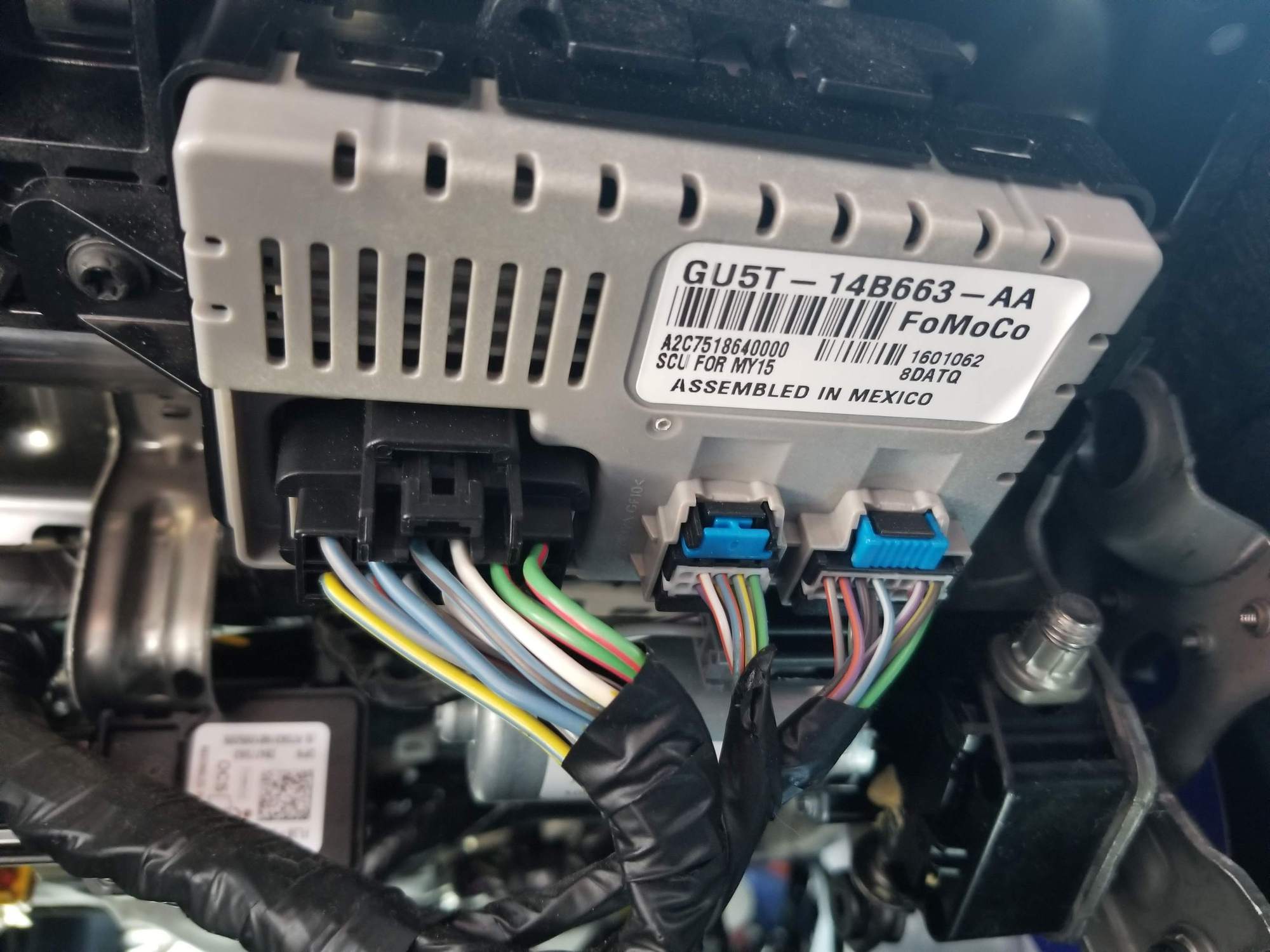
Credit: www.f150forum.com
Heating Element Test
Testing the heating element in your Ford F150 seat helps find why the seat heater is not working. The heating element is the part that warms the seat. Checking it requires simple tools and steps. This test confirms if the element is damaged or working.
Use A Multimeter
A multimeter measures electrical signals like voltage and resistance. Set your multimeter to the resistance or ohms setting. Disconnect the seat heater wiring to avoid false readings. Place the multimeter probes on the heating element terminals. Ensure the probes touch the metal parts firmly for accurate results.
Measure Resistance
Read the resistance value shown on the multimeter screen. The heating element usually has a specific resistance range. Write down the number for comparison. If the reading is very high or infinite, the element may be broken. A zero or very low reading might indicate a short circuit inside the element.
Interpret Results
Compare your resistance reading with the Ford F150 seat heater specifications. If it falls within the normal range, the heating element likely works fine. If the resistance is out of range, the element needs replacement. Testing this way saves time and avoids unnecessary parts swap. Always handle electrical parts carefully during testing.
Reset Control Module
Resetting the control module can often restore the Ford F150 seat heater’s function. The control module manages the power and settings for the heated seats. Sometimes, it may freeze or glitch, causing the seat heater to stop working. Resetting it can clear temporary faults and allow the system to start fresh.
This reset process is simple and does not require special tools. It involves disconnecting and reconnecting the seat’s electrical connector. This action forces the module to reboot. After the reset, test the heater to see if it works properly again.
Disconnect Seat Connector
Begin by moving the seat to its highest position for easy access. Locate the electrical connector under the seat. Carefully unplug the connector by pressing the release tab. Pull the connector straight out to avoid damage to the pins or wires.
Reconnect To Reset
Wait about 30 seconds after disconnecting the connector. Then, firmly plug the connector back in. Make sure it clicks into place to ensure a secure connection. This simple step resets the control module and can fix minor faults.
Check For Temporary Fix
Turn on the vehicle and activate the seat heater. Check if the seat warms up within a few minutes. If it does, the reset fixed the issue temporarily. Keep in mind this may not solve deeper electrical problems. If the heater stops working again, further diagnosis is needed.
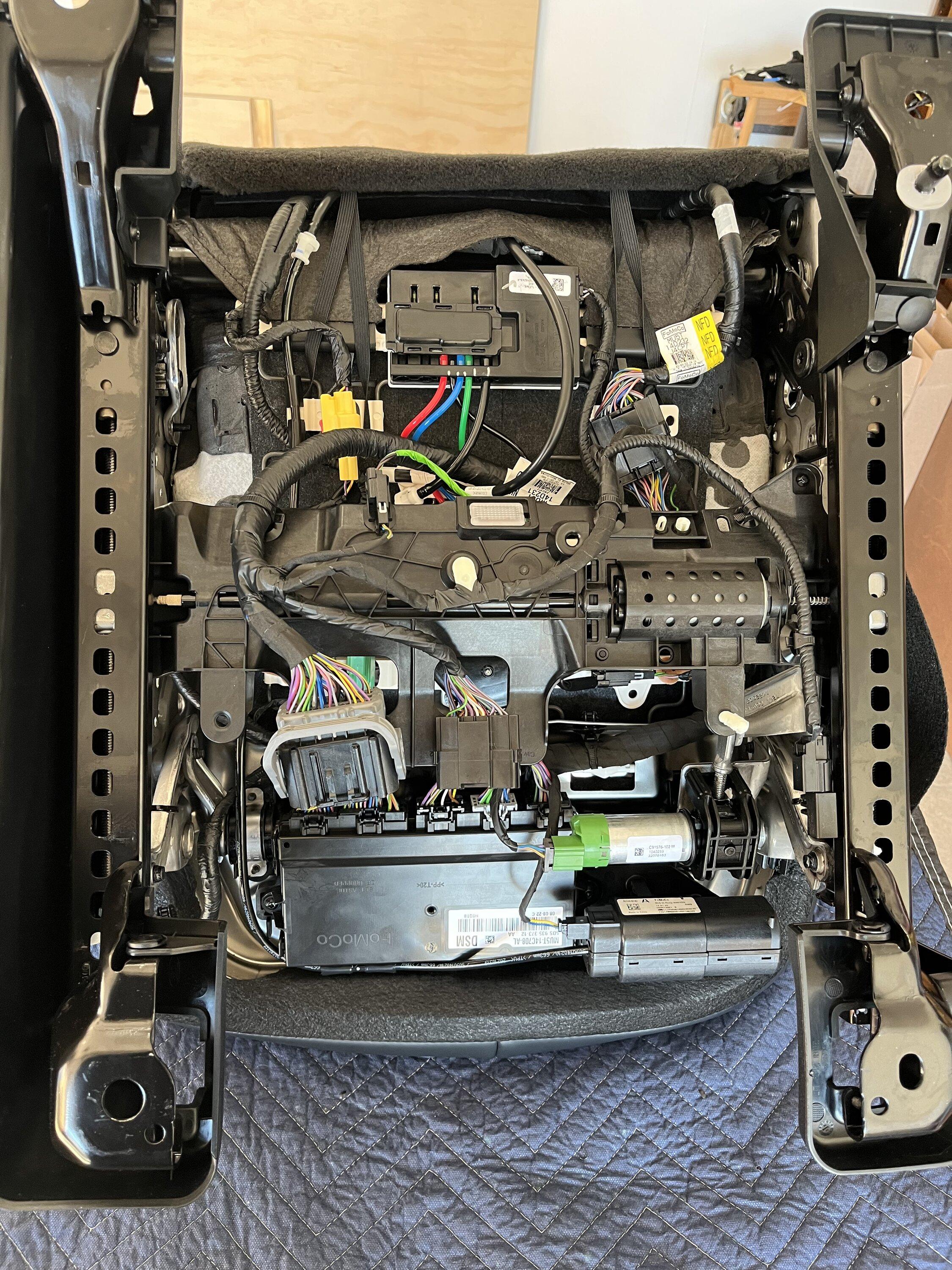
Credit: www.f150gen14.com
When To Call A Pro
Knowing when to call a professional for your Ford F150 seat heater saves time and avoids further damage. Some problems require special tools and skills. Experts can diagnose and fix these issues safely and correctly. Below are key signs that you need expert help.
Complex Repairs
Seat heater systems involve wiring and electronic parts. Fixing broken heating elements or control modules can be tricky. Professionals have the right tools to test and replace these parts. Avoid DIY attempts on complex repairs to prevent costly mistakes.
Melted Connectors
Melted or burnt connectors show serious electrical problems. This damage can cause shorts or fire risks. A pro can safely inspect and replace damaged connectors. They ensure the wiring is secure and meets safety standards.
Unresolved Issues
If simple fixes like replacing fuses or checking switches do not work, call a pro. Persistent seat heater problems may hide deeper faults. Experts use diagnostic devices to find hidden wiring or module issues. They offer accurate repairs to restore function.
Safety Concerns
Faulty seat heaters can cause electrical shocks or fires. Do not ignore burning smells or smoke near the seats. Professionals know how to handle electrical hazards safely. Protect yourself and your vehicle by seeking expert help immediately.
Frequently Asked Questions
What Causes My Heated Seats To Stop Working?
Heated seats stop working due to blown fuses, faulty heating elements, loose or burnt connectors, or a bad control module. Check fuses first, then inspect connectors and wiring under the seat. Replace damaged parts or seek professional help for advanced diagnostics and repairs.
How Do I Reset My Seat Warmer?
To reset your seat warmer, first turn off the car and disconnect the seat’s electrical connector. Wait for a few minutes, then reconnect it to reset the control module. Check and replace any blown fuses. Inspect connectors for damage or looseness before testing the heating element.
Is There A Fuse For My Heated Seats?
Yes, most heated seats have a dedicated fuse in the fuse box. Check your vehicle’s manual to locate and inspect it. Replace any blown fuse with the correct amperage to restore function.
How Do I Reset My Ford F-150 Climate Control?
To reset your Ford F-150 climate control, turn off the engine and disconnect the battery for 10 minutes. Reconnect the battery and restart the vehicle. This resets the system and clears minor glitches. If issues persist, consult a professional technician.
Conclusion
Troubleshooting your Ford F150 seat heater saves time and money. Start by checking the fuse for any signs of damage. Inspect connectors under the seat for looseness or burn marks. Clean and secure all connections to ensure good contact. Testing the heating element may need special tools or help.
Fix small issues early to avoid bigger problems later. A working seat heater adds comfort on cold days. Keep your truck cozy and enjoy every drive. Simple steps often solve the problem quickly and easily.


